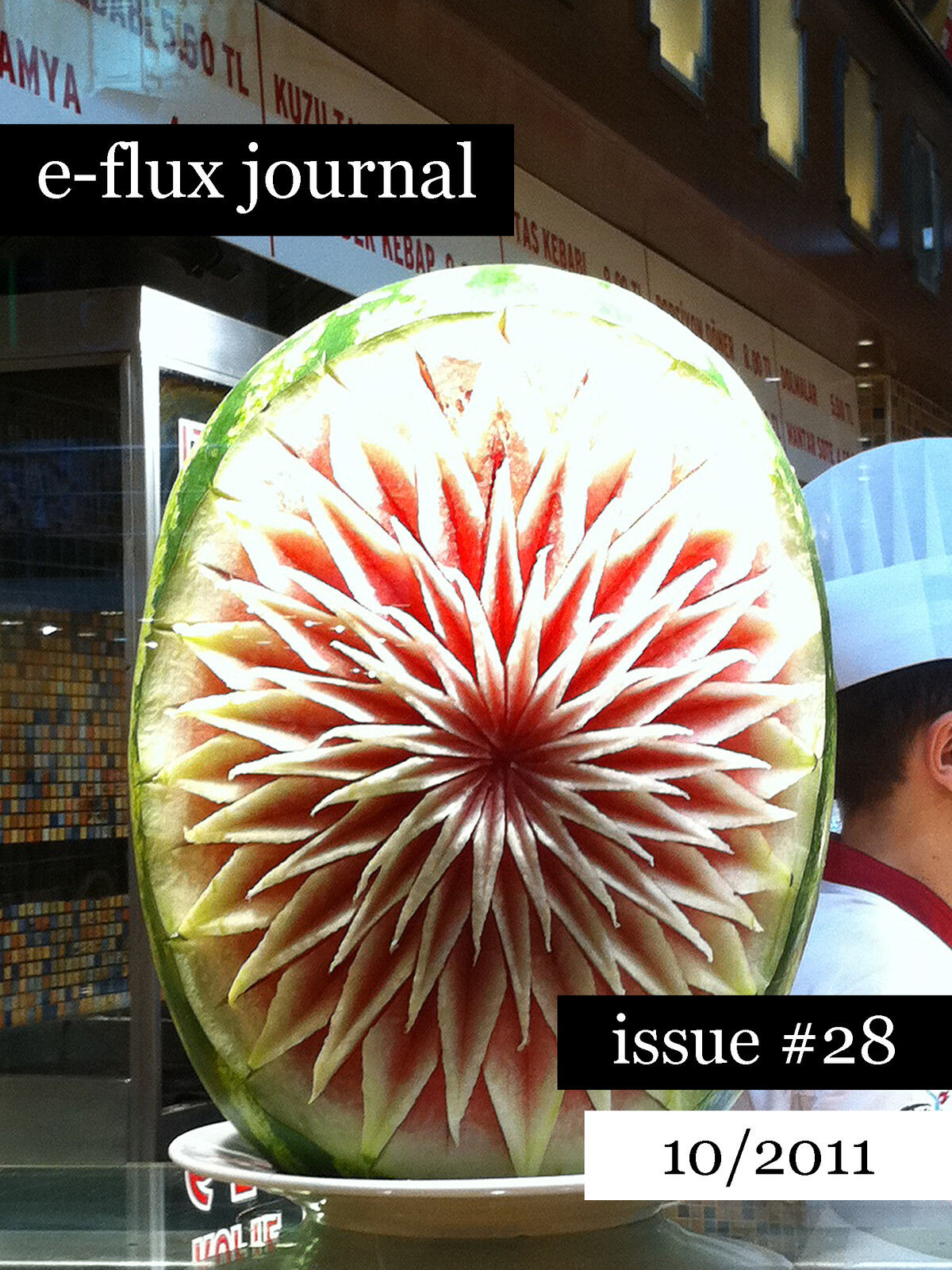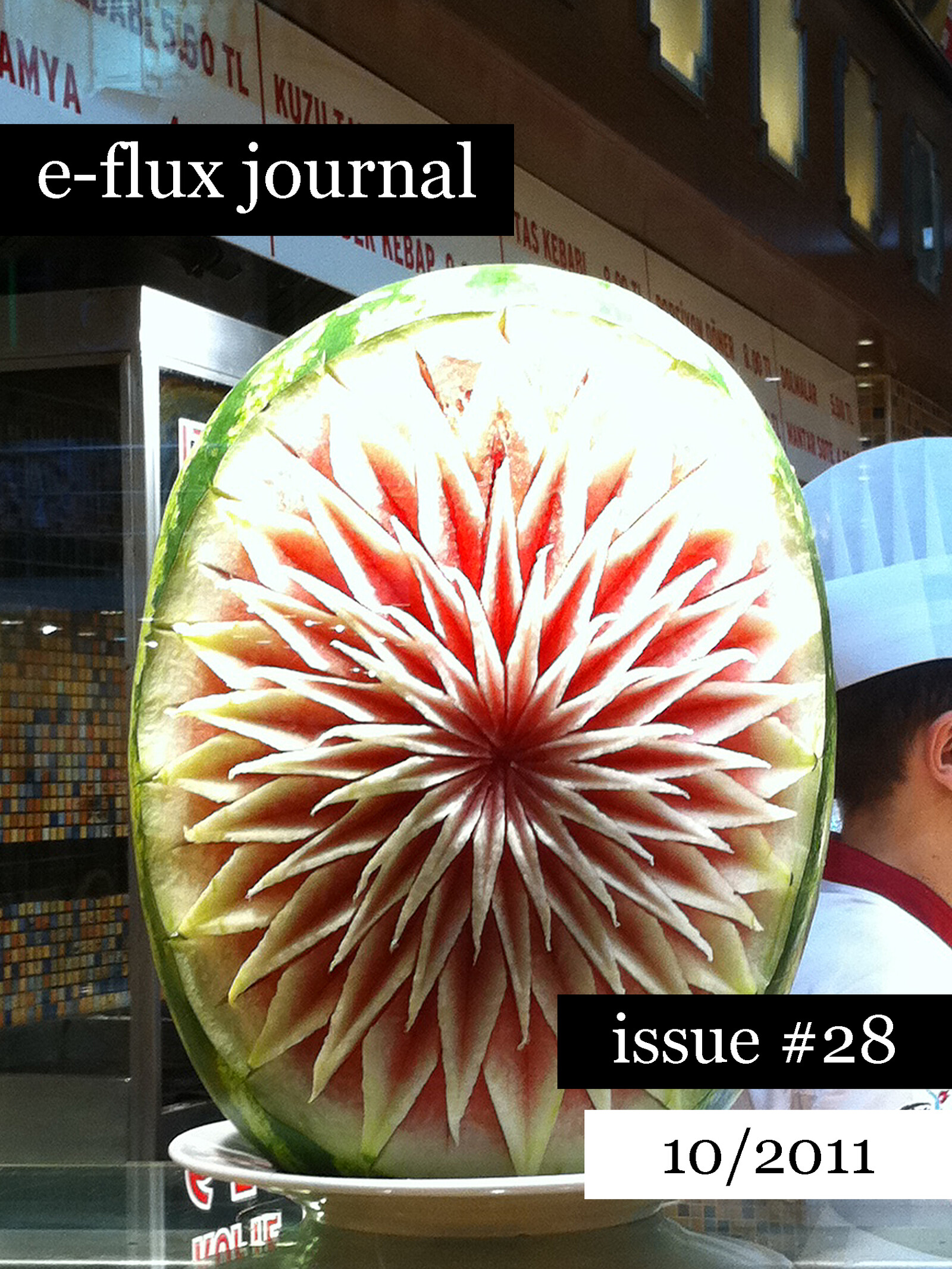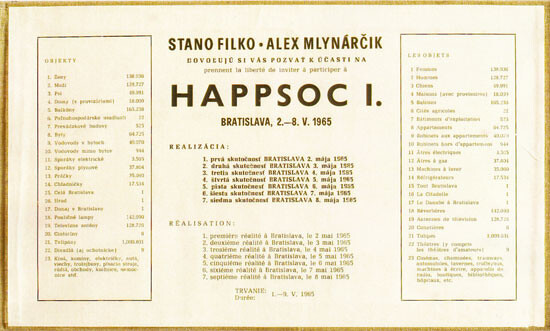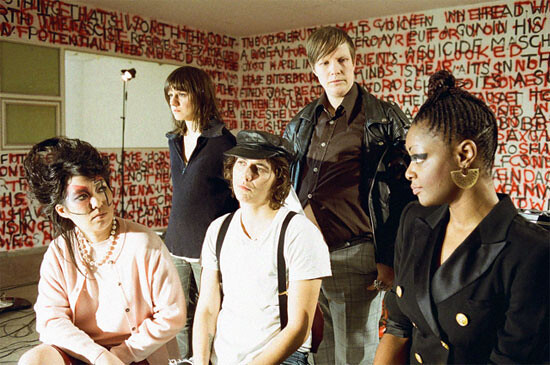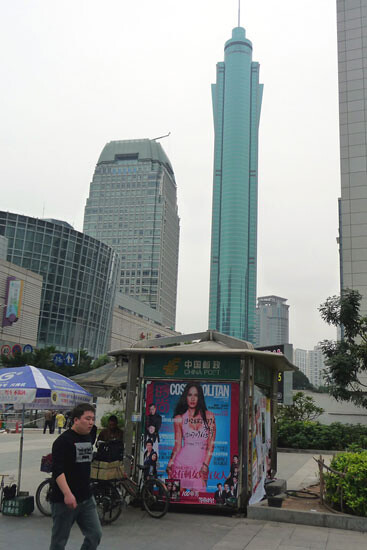Art is the distinctive countermovement to nihilism.
—Martin Heidegger 1
In the late 1970s Aldo Rossi wrote: “Now it seems to me that everything has already been seen; when I design I repeat, and in the observation of things there is also the observation of memory . ” 2 If, for Rossi, architecture that comes from the typological reorganization of forms can only produce memories, then these memories are associated with the condition of a continuous awareness of the…
Issue #28
October 2011
With:
Julieta Aranda, Brian Kuan Wood, Anton Vidokle, Sotirios Bahtsetzis, Jalal Toufic, Jan Verwoert, Antke Engel, Joshua Simon, and Mona Mahall
Released on October 8, the second issue of the Occupied Wall Street Journal included an editorial note entitled “No list of demands,” responding to the perceived absence of strong messaging offered by the movement. The note specified that:
The exhausted political machines and their PR slicks are already seeking leaders to elevate, messages to claim, talking points to move on. They, more than anyone, will attempt to seize and shape this moment. They are racing to reach the…
View List
View Grid
8 Essays
October 2011
Contemporary art? As far as I am largely un concerned, none of what is termed contemporary art, including what is exhibited and screened in various “museums of contemporary art,” for example the Museum of Contemporary Art in Sydney (MCA) or the Museum of Contemporary Art in Los Angeles (MOCA), is contemporary 1 and most of it is not art! There can be no museum of contemporary art since while now we can have museums but not contemporaneity, with the coming of the messiah we are going to…
1. Totality as Point of View, Medium, and Mode of Address
Stano Filko’s work is never just about the world. It is world. Because Filko speaks world. World is his medium, his language, his means of artistic production: using the medium of world Filko produces (anti)happenings, environments, installations, objects and diagrammatic drawings of all kinds. Some look very different from others. But that is the freedom of a mind that speaks world. It can choose the means and…
Life but how to live it —for years the name embellished the wall behind my bed: the place of love and desire, of fears and tears, of fatigue and regeneration. No question mark, thus no searching for sense, or meaning, or technologies. No comma, thus no singling out of some ontological given from the practices of sustaining, endangering, or losing it. Simply the pleasure and pain of engaging in social relations: of bitterly failing while jubilating, and cheering while messing it all up. It…
Continued from “Neo-Materialism, Part Two: The Unreadymade” in issue 23.
Yet what is here already very plainly expressed is the idea of the future conversion of political rule over men into an administration of things …
—Friedrich Engels, Socialism: Utopian and Scientific (1880)
In his 1898 “The Beginnings of Ownership,” Thorstein Veblen explains how we have arrived at the notion of property through our understanding of its subjectivity. Veblen presents a…
Globalism in its Mobilized Form
Mobility in architecture means to mobilize—money, above all—on behalf of the immobile: to build more space in less time. This further confirms what theorists of the early twentieth century first recognized as modernity’s triumph of space over time, what Michel Foucault would later call the modern obsession with space. While the nineteenth century was preoccupied with time, evolution, cycles, and halt, the twentieth century was concerned with space—so much…
Shortly after e-flux journal published Jon Rich’s essay “The Blood of the Victim” last June, Jessica Kornheisl and Natasha Llorens wrote in with responses to the piece. To offer your own response to texts published in e-flux journal , write to journal@e-flux.com .
Natasha Llorens
In “The Blood of the Victim,” a text published in issue 26 of this journal, Jon Rich begins with a classic formulation of photojournalism’s ethical quandary, that images of human starvation taken…
